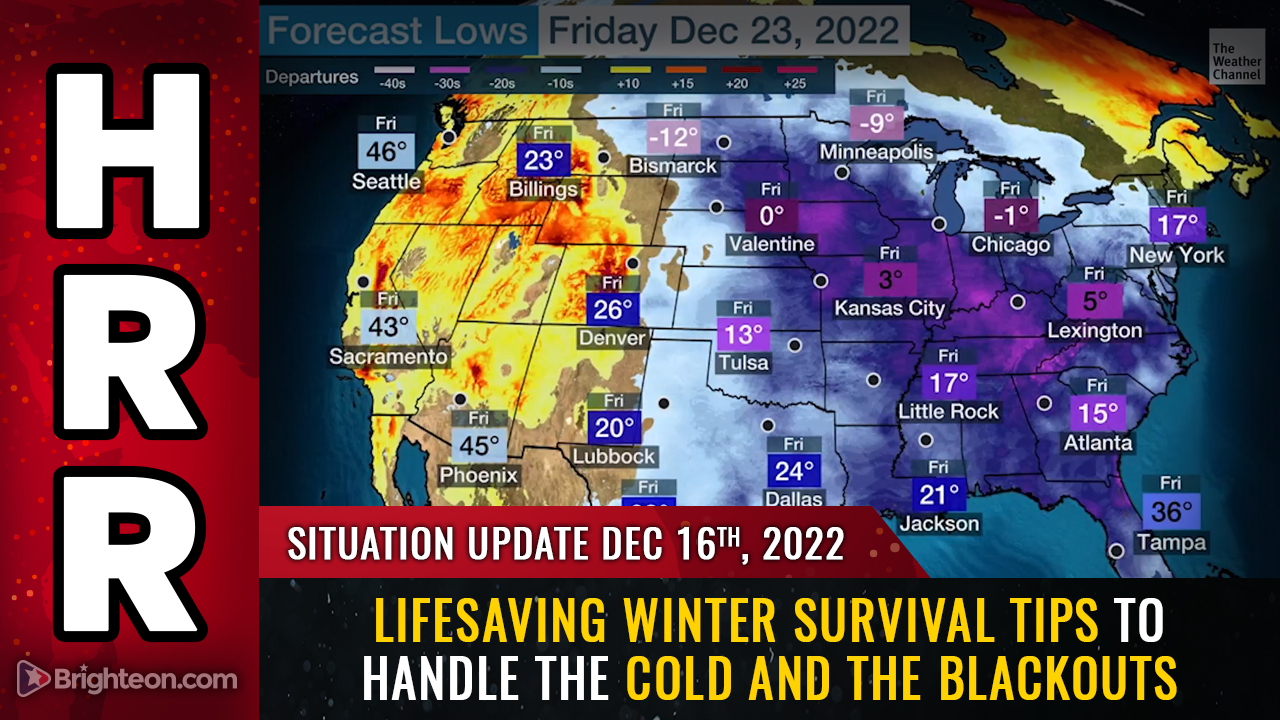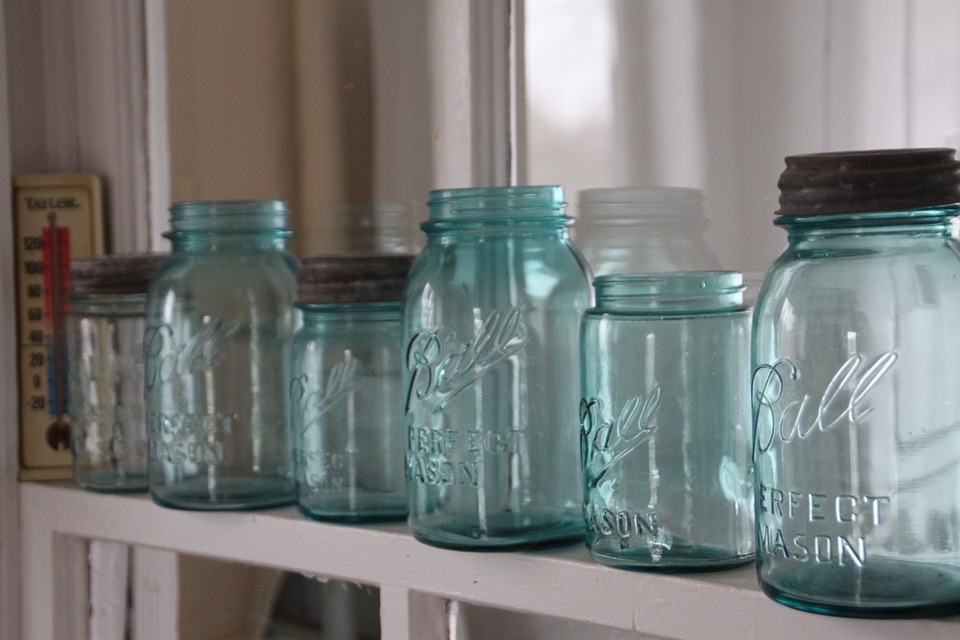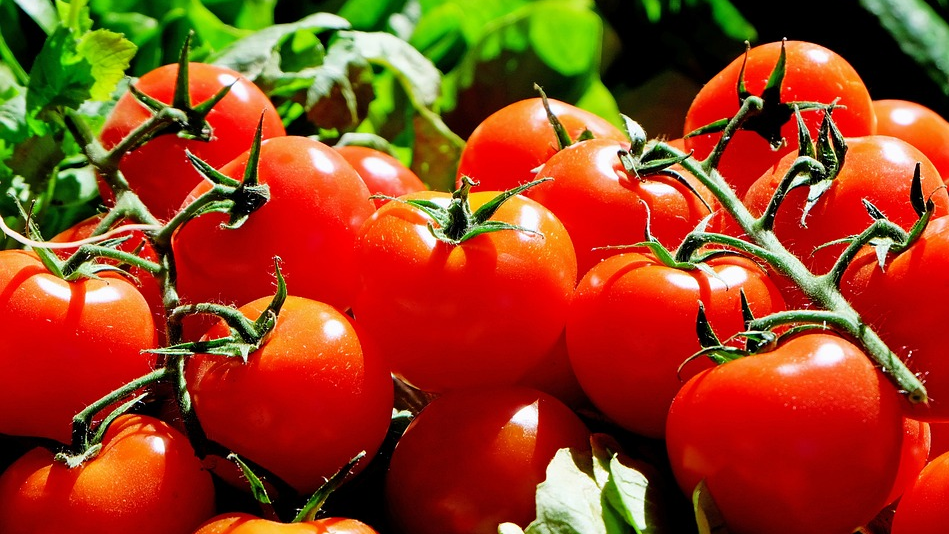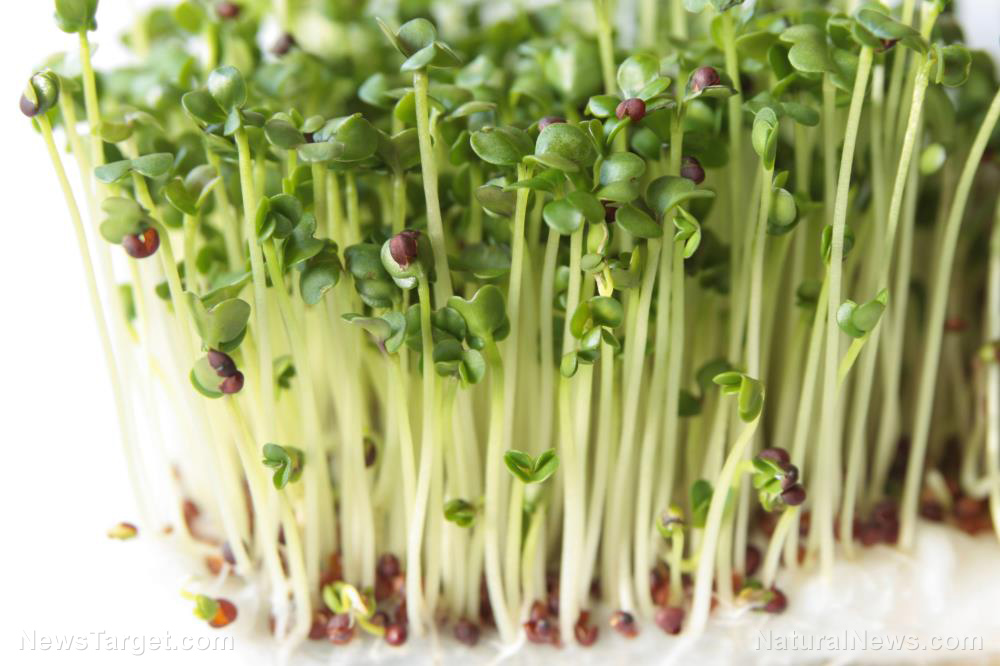Prepper projects: How to build a root cellar for your food stockpile
12/02/2022 / By Zoey Sky

Your survival stockpile is a crucial part of your emergency preparedness plans, especially if you want to stock up on enough food, water and other supplies for your family.
Make the most of your basement or a spare room by turning it into a root cellar for food storage. (h/t to ReadyNutrition.com)
What is a root cellar?
A root cellar is a storage location that uses the natural cooling, insulating and humidifying properties of the earth to store food. You can store fruits and vegetables from your home garden or the local farmers’ market in a root cellar, especially if your area frequently experiences power outages.
Before refrigeration, preppers used an underground root cellar to effectively store beets, carrots, onions, parsnips, potatoes, turnips, and other root vegetables that they grew in their gardens.
Now, root cellars are making a comeback among modern preppers because they can prevent food from freezing during the winter. Root cellars can also keep food cool during the summer, which prevents spoilage.
You can also use a root cellar to store jars of canned or pickled vegetables, canned meats and the bulbs or rhizomes of perennial flowers for your garden. Additionally, a root cellar can be used to store wine, beer, or other homemade alcoholic beverages. (Related: Upcycling for preppers: How to turn a broken freezer into a mini root cellar.)
Tips for starting a root cellar
If you want your root cellar to work properly, it must be able to hold a temperature of 32 to 40 F (0 to 4.5 C) and a humidity level of 85 to 95 percent. Unfortunately, this means you may need to look at other options if you are in a warm, southern climate since the root cellar may not work properly.
If you already have a dark underground area on your homestead, your work is almost over. If you don’t, you need to build your root cellar in a location away from places with a high water table or a septic system.
Look for a close and easily accessible location. If your area experiences harsh winters, build your root cellar under a garden shed so you don’t have to remove snow to access it once winter comes.
If you are building the root cellar yourself, the best method is to use the foundation walls on the northeast corner of the site as the two sides of the root cellar. Then, build the other two walls in the basement with stud and board.
You need to insulate the interior walls, ceiling and door along with any pipes or ducts to keep the heat out. The root cellar will also need a ventilation system that allows cool, fresh air from the outside to be brought into the room so stale air can be exhausted. This will help prevent mold and mildew.
If you already have a crawlspace, consider using it for a root cellar. The concrete foundation will provide the “walls” for the structure.
Use what you have and if you don’t have ideal space, dig horizontally into the side of a hill on your homestead.
Digging a root cellar
If you want to dig in your root cellar, do so in an area with good drainage. Sandier soil works better and having an elevated slope helps because the water will run away from the pit as it moves downward.
If your winter temperatures drop below 25 F (-4 C), dig the pit deep enough so that all the crops are under the soil’s surface. Sometimes, this can be too much for produce, especially during the cold winter months.
Garbage can root cellar
If you don’t have a basement or extra space on your homestead, you can also use a clean metal garbage can to build a DIY root cellar.
First, buy a metal garbage can at a local hardware store or at a big box store like Home Depot. A metal garbage can with a lid is ideal, as it will help eliminate water and keep your vegetables from getting wet.
Next, dig a hole slightly larger than the diameter of the garbage can. The hole should be deep enough so that the can’s lid will be four inches above the soil level. Backfill dirt around the garbage can.
Add straw inside the can as you place the crops. Cover the lid with straw or mulch and a sheet of plastic to keep everything dry.
Here are other options to consider if you’re looking to build a root cellar on your homestead:
- A-frame root cellar
- Backyard freezer root cellar
- Deck root cellar
- Earthbag dome-style root cellar
- Earthbag root cellar
- Green roof root cellar
- Mini root cellar
- Organic garden blanket root cellar
Even if you only have a garbage can root cellar, root vegetables will store well in this environment, even during the coldest weather. Note that some vegetables like onions have to be “cured” before you store them in your root cellar.
Before storing onions in your root cellar, cure them in warmer temperatures.
Before SHTF, find out what kind of root cellar will suit your prepping needs. If you only have space for a small root cellar on your homestead, it’s still worth it to store excess crops from your home garden so you have more food when winter comes.
Watch the video below for tips on how to make a mini root cellar for potatoes out of a broken freezer.
This video is from the Daily Videos channel on Brighteon.com.
More related stories:
Food storage tips: How to store vegetables if you don’t have a root cellar.
Storing food without a refrigerator: 25 different kinds of root cellars.
Fruits and vegetables to store in your root cellar.
Sources include:
Submit a correction >>
Tagged Under:
DIY, Food storage, food supply, green living, homesteading, how-to, off grid, preparedness, prepper, prepper projects, prepping, root cellar, self sufficiency, survival, sustainable living, tips
This article may contain statements that reflect the opinion of the author
RECENT NEWS & ARTICLES
COPYRIGHT © 2017 OFFGRID NEWS




















